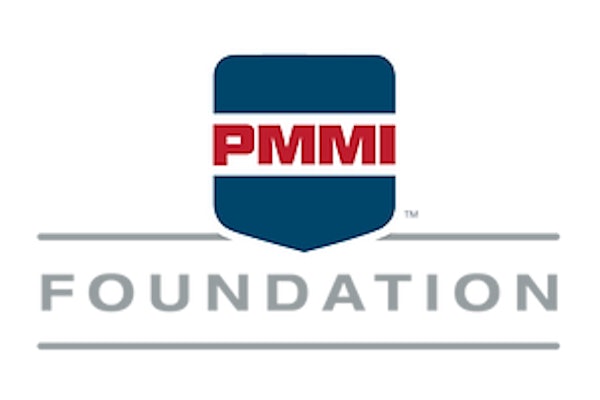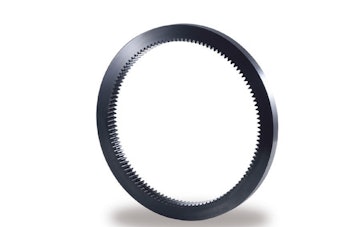
As Industry 4.0 gains momentum, the focus on data transfer from the plant floor to areas where it can enhance cost reduction, efficiency, and flexibility for manufacturers has intensified. This shift in emphasis has brought the iPC, the ubiquitous “personal computer” used in industrial applications, into the spotlight. The features required for its optimal performance have evolved with the digital revolution, falling into three key categories: environment, connectivity, and feature set.
Many manufacturers have been happy enough to take “hardened” consumer products and adapt them to the shop floor. It has not been a bad idea until now because many industrial technology providers haven’t made IP6x-rated products affordable enough to sustain good volumes. Manufacturers could pay a lot for products that were limited in connectivity and features, or more likely, put a consumer product with many options into the industrial environment. The problem with this is that you have a sports car doing the job of a truck.
Environment – Most PCs only have an IP20 rating; you must put them into a cabinet to protect them. This is not bad, but you are adding cost to something that doesn’t match the applications in your industrial space. Cabinets seem cheap until you add components (cable entry, power supplies, ethernet switches, etc.) and realize your pseudo iPC costs a lot. What is needed are IP67 iPCs that can be bolted to a wall anywhere in a plant and are tamperproof.
Connectivity – Consumer PCs do a great job connecting to the outside world, but industrial communication isn’t great. First, you overload too much communication on too few TCP connections. This leads to poor performance and security because users mix IT and OT domains, causing conflict between internal departments and security concepts. It is then very important for your PC to have enough connections to segment all the communication into separate channels that keep local traffic isolated to where it needs to be. Lastly, the real goal of digitalization is to collect data at the edge, which also requires an array of inputs. This makes the connectivity problem very difficult to solve. Even if you find the hardware to add to the consumer PC box, it will be expensive and low-performance, with much-required support. Again, it’s like adding a diesel engine and trailer hitch to your sports car.

















